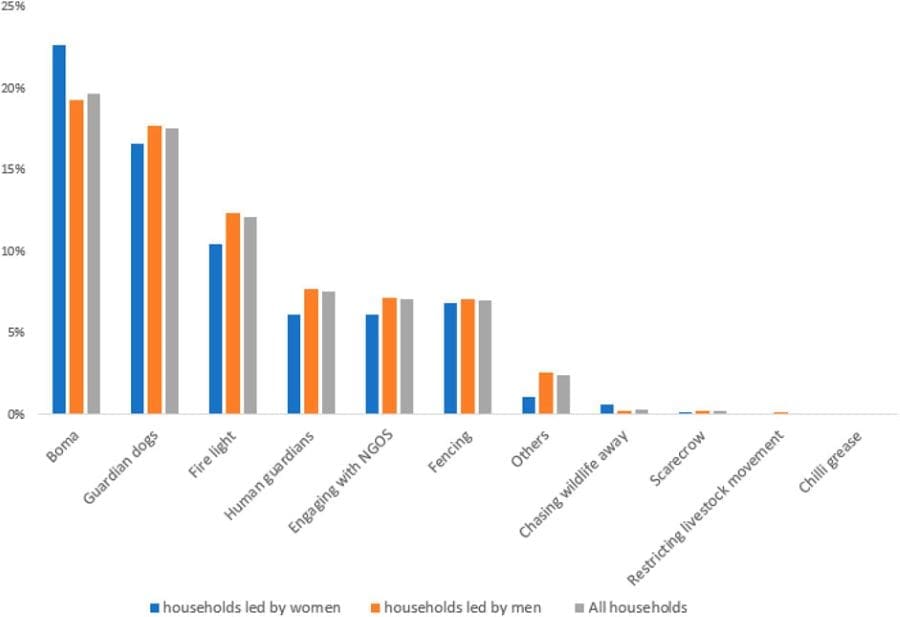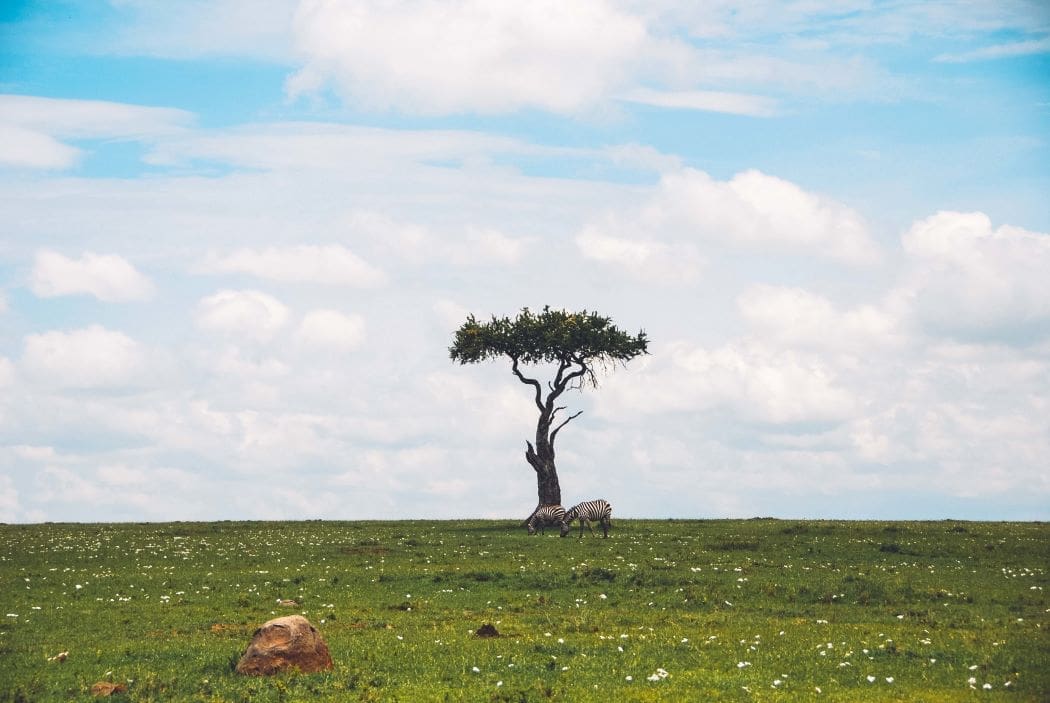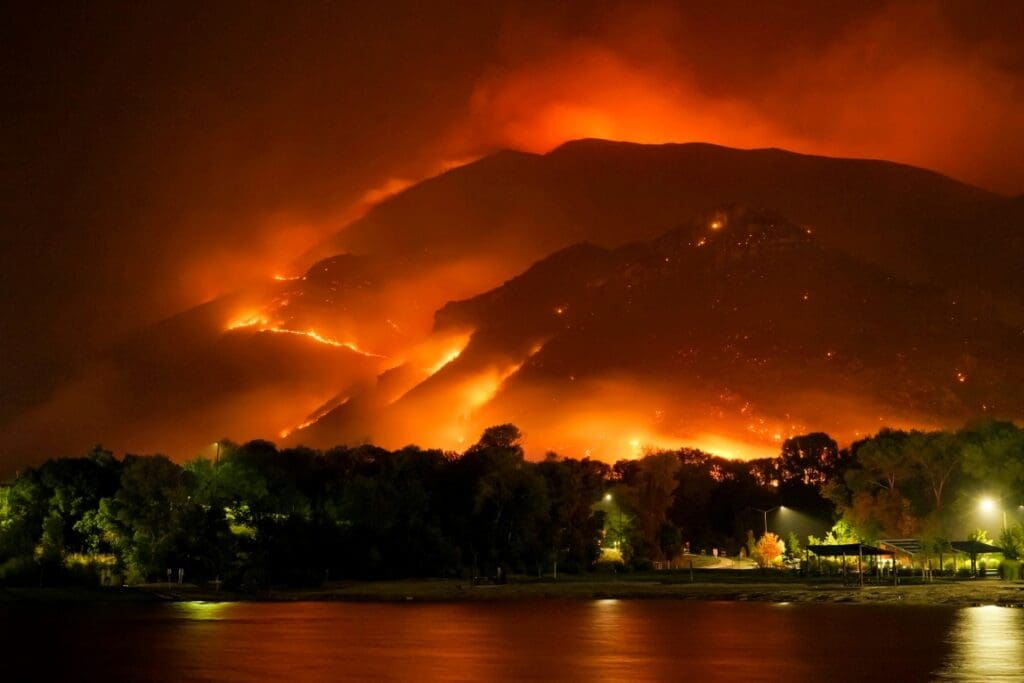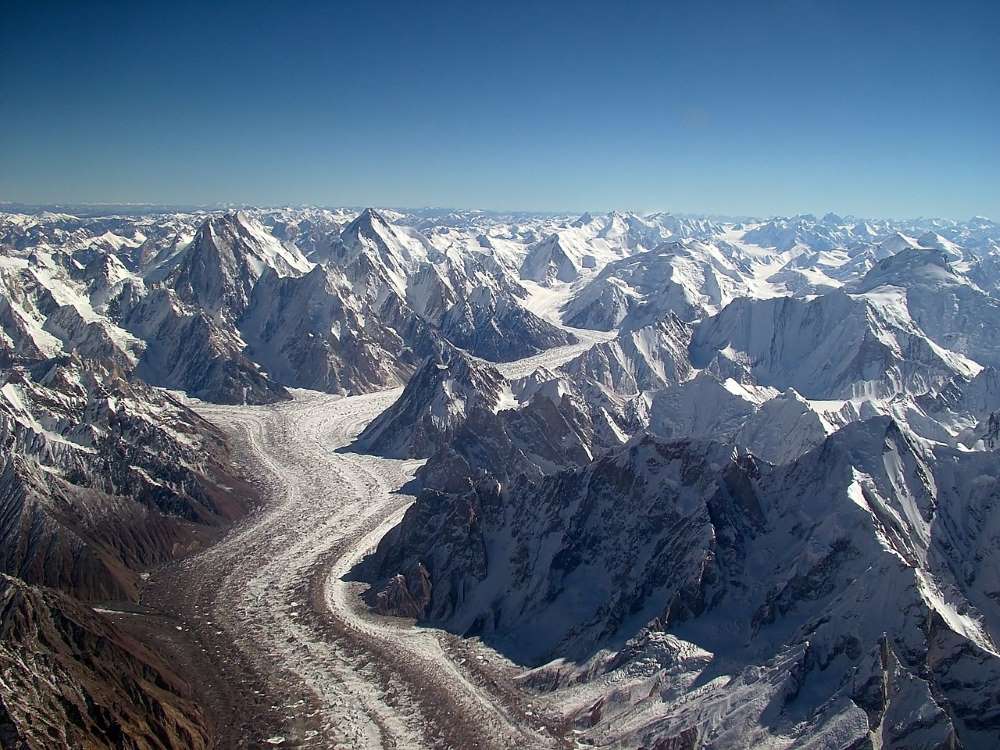Summary:
In Kenya’s Chyulu Hills, a new study led by Conservation International and published in Frontiers in Environmental Science reveals how restoring grasslands is easing tensions between humans and wildlife while also reducing social conflicts within communities.
Over 16 months, researchers engaged with more than 1,500 households in the region, uncovering compelling evidence that as degraded rangelands are revived, conflicts involving iconic species such as African elephants and black rhinos significantly diminish. Grasslands are not only vital ecosystems supporting local livelihoods and biodiversity, but they are increasingly threatened by climate change and expanding human activity.
The study highlights that rejuvenating these landscapes not only alleviates competition over scarce resources like water and grazing lands, but also improves overall community security, particularly in households led by women who have experienced higher rates of conflict. Enhanced resource availability appears to ease tensions and promote a harmonious coexistence between people and wildlife.
Supported by initiatives including a carbon credit project, the restoration effort has revived 11,000 hectares of degraded land, with plans to restore 20,000 hectares by 2027.

Restoring grasslands led to fewer human-wildlife conflicts in Kenya
The new study led by Conservation International scientists has found that grassland restoration can reduce human-wildlife conflict and social conflicts in communities facing resource scarcity.
Grasslands, vital ecosystems for livelihoods and biodiversity, are under increasing pressure from climate change and human activity. The Chyulu Hills region of Kenya exemplifies these challenges, as it is home to iconic wildlife such as African elephants and black rhinos, which share the land with pastoral Maasai communities. This coexistence often leads to competition over limited water, land and pasture, sparking conflicts between humans and wildlife, and within the community itself.
The study was conducted over 16 months in Chyulu Hills to assess how restoring degraded grasslands influences conflict dynamics among local Maasai people and wildlife. Data collected from over 1,500 households indicate a significant correlation between the expansion of restored grassland areas and a reduction in human-wildlife and social conflicts.
Key findings include:
- A decrease in human-wildlife and social conflicts as grassland restoration progressed, suggesting that enhanced resource availability reduces competition and tension.
- A decline in reported feelings of insecurity among community members over time, corresponding with the benefits of restored ecosystems.
- Identification of gender-specific conflict patterns, with women-led households experiencing higher rates of social conflicts, emphasizing the need for tailored solutions.
“We know now that the number of reported human-wildlife conflicts decreased as the restored areas increased, showing that grassland restoration is likely to play some role in reducing human-wildlife conflicts,” said Camila Donatti, lead researcher and senior director for climate change adaptation at Conservation International’s Moore Center for Science.
“We already knew that lack of healthy grasslands increases instances of conflict, but the potential of restored grasslands to reverse this trend had not been widely explored. It’s heartening to see that repairing environmental damage can improve overall quality of life, protect wildlife and undo some of the less visible impacts of climate change.”
Grassland restoration (and protection) is a nature-based climate solution that can help communities better adapt to a changing climate. Conservation International’s work in Chyulu Hills an effort, supported by Apple, that has restored 11,000 hectares of degraded rangeland to date. The project aims to restore 20,000 hectares by 2027.
Conservation International’s work in Chyulu Hills also includes a carbon credit project that raises funding for forest protection, livelihood support, and improved grassland health.
“Grassland restoration is helping to restore balance to our land and our people,” said Samson Parashina, Chairman of Maasai Wilderness Conservation Trust. “With healthier pastures, we see fewer conflicts — both with wildlife and within our own community. While challenges remain, having more grazing land means less competition, making it easier for people and wildlife to share the land without constant struggle.”
Donatti added: “Our findings are very promising, and we want to continue exploring the potential of grassland restoration for climate mitigation, adaptation and biodiversity. We recommend continuing to track human-wildlife conflicts in the restored grassland areas, as well as the status of restored grasslands, while also scaling up habitat restoration efforts in new areas experiencing concerning human-wildlife conflict trends, like Chyulu Hills. There’s so much potential to foster human security and consequently protect wildlife through grassland restoration.”
Journal Reference:
Donatti CI, Moraga-Lewy N, Nyongesa J, Mwanzia M, Edmond J and Fedele G, ‘Grassland restoration impacts human-wildlife and social conflicts in the Chyulu Hills, Kenya’, Frontiers in Environmental Science 12: 1431316 (2025). DOI: 10.3389/fenvs.2024.1431316
Article Source:
Press Release/Material by Conservation International
Featured image credit: wirestock | Freepik




